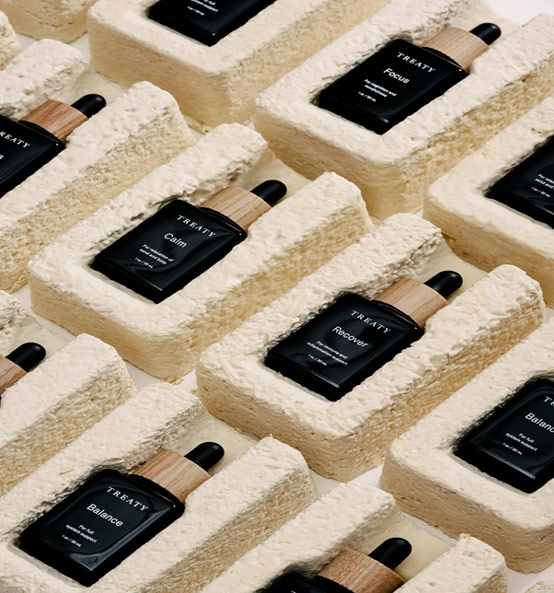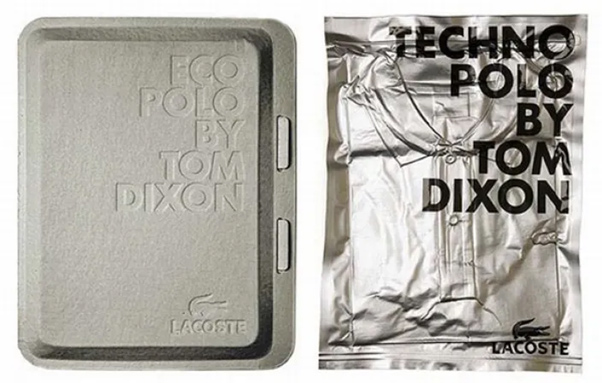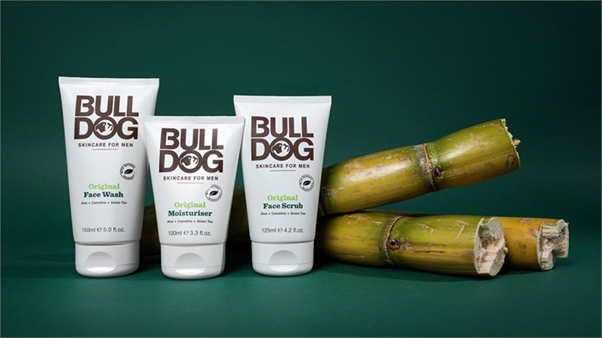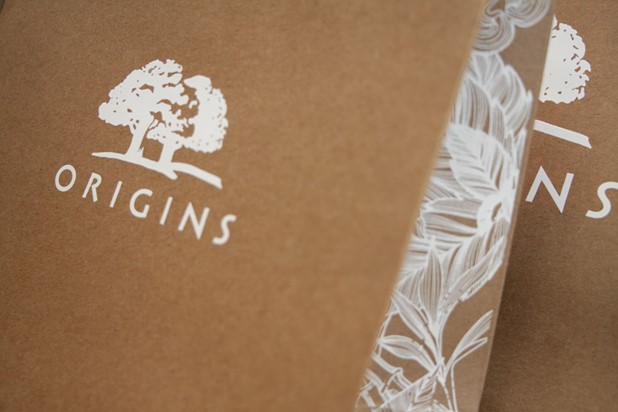
Consumer demand for recyclable packaging materials is widening - it is now a key consideration for customer purchases. Add when Millennials become the senior generation, and Gen Z become the dominant consumer, recycled packaging boxes will be the expectation.
Younger consumers are much more socially aware and engaged. This imminent shift in the market is good news for brands and retailers, with 74% of consumers willing to pay more for recyclable packaging. In the past, cost has been a source of reluctance for brands considering this essential switch. With a warm consumer base, cost will no longer impede transition.
Aside from market transformations, government measures to place extra responsibility on producers of unsustainable packaging (EPR) means that moving to a sustainable packaging provider is a commercial and regulatory necessity.
But which material is right for your product? Which solution will enhance your product, and strengthen the story of your brand? Below, we’ve selected the best recyclable packaging materials to use this year …
Recycled Cardboard
Reasons to use:
- Recyclable and biodegradable
- Low environmental impact
- Durable and versatile

The versatility of cardboard makes it a model choice for carrier bags and recycled packaging boxes. It has become a popular preference for fashion brands, from Zara’s online order boxes to Burberry’s technologically innovative parcel-style boxing.
It is a material that wears branding well, with colours and logos transforming the packaging into something instantly recognisable. Brands should view cardboard as a blank canvas, where wording, imagery and pattern prints can be added to distinguish their products.
The great advantage in recycled cardboard is that it can be recycled again. If the paper and card fibres maintain their structure, the recycling process remains intact. And because cardboard is formed from wood pulp, it is a biodegradable packaging material, so even after several cycles, it remains an impeccable sustainability packaging choice.
Mycelium
Reasons to use:
- Biodegradable
- Organic
- Malleable

A remarkable and highly sustainable packaging solution, mycelium is sometimes referred to as ‘mushroom packaging’. Grown on a hemp/flour mixture, mycelium (the name of mushroom roots from which it sprouts) is similar in feel to a more robust Styrofoam.
Since it is an entirely organic product, mycelium grows around a packaging mould. This gives the matter incredible flexibility, with the packaging shape limited only by imagination. It also provides the considerable benefit of being strong, insulating and flame resistant.
The composition of mycelium makes an ideal single item package, such as a beauty product and perfume, or even as an interior insert to supplement exterior packaging.
Moulded Pulp
Reasons to use:
- Compostable
- Biodegradable
- Cost effective

Lacoste, Aveda and Nike are amongst the brands that have utilised the minimalist, contemporary feel of moulded pulp packaging.
Because it can be made from off-cuts and recycled paper, moulded pulp is a recyclable packing material that is economically and environmentally friendly. This makes bespoke, highly branded packaging a viable, achievable option since tailored packaging is much cheaper to customise than alternative materials.
Moulded pulp appeals to brands or retailers that seek to convey strong sustainability ethics without compromise to a clean, modern style. The Tom Dixon x Lacoste collaboration (pictured) is one such example. It is self-evidently a recycled and easily recyclable material that, even if discarded without reuse, will decompose in around 6 weeks.
Bioplastics
Reasons to use
- Low carbon footprint
- Biodegradable
- Compostable

Bioplastics are often presented as the future of recyclable packaging. This is because it replicates the look, feel and durability of conventional plastics. And, because it is sourced from raw plant materials, they are both compostable and biodegradable.
Plastic packaging is a significant problem in the beauty industry. A recent report estimated that around 120 billion units of packaging are produced the global cosmetics industry each year. With most of this packaging containing plastic that either sits in landfills or pollutes the ocean, brands such as L’Oréal and Dove are investing in biotech solutions.
Many early adopters to bioplastics are beauty and cosmetic start-ups or independent brands. They understand the need to future-proof their packaging at the earliest opportunity. Because bioplastics are very similar to their oil-based counterpart, they can be used in precisely the same way as traditional plastics, in both design and product protection.
Find your recyclable packaging solution
For more information on our range of sustainable luxury packaging, contact the Delta Global team today.
